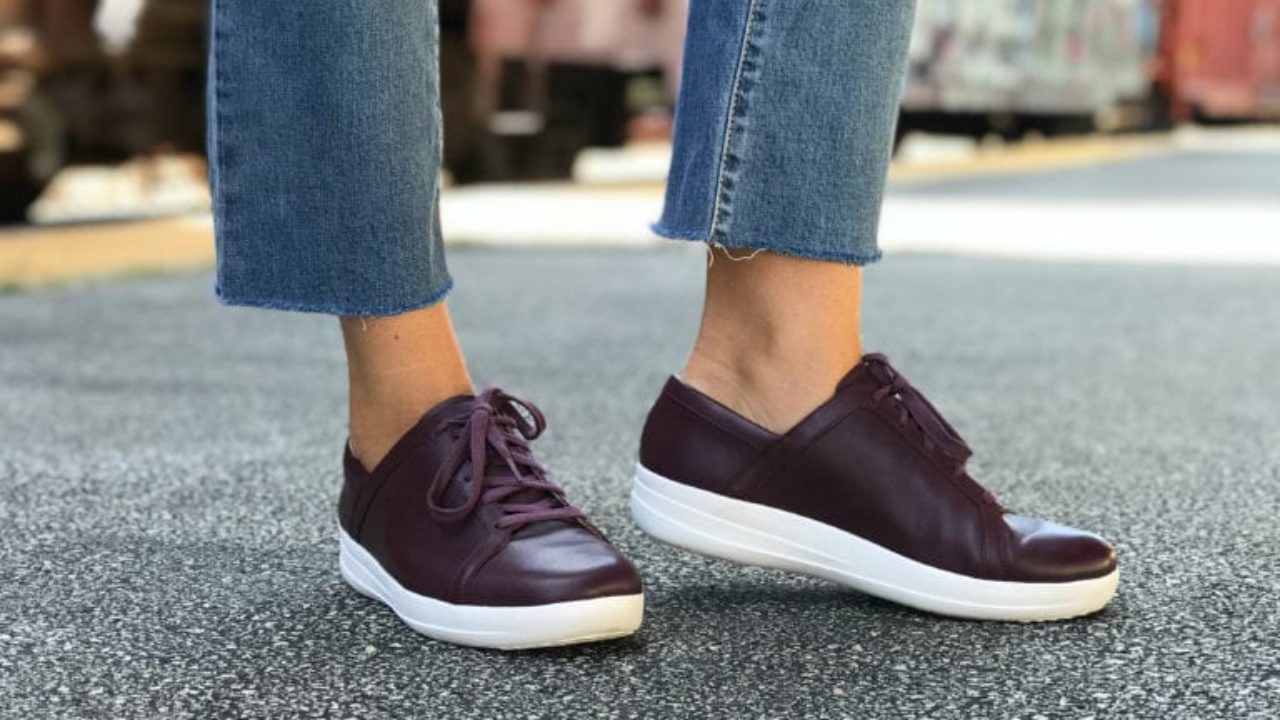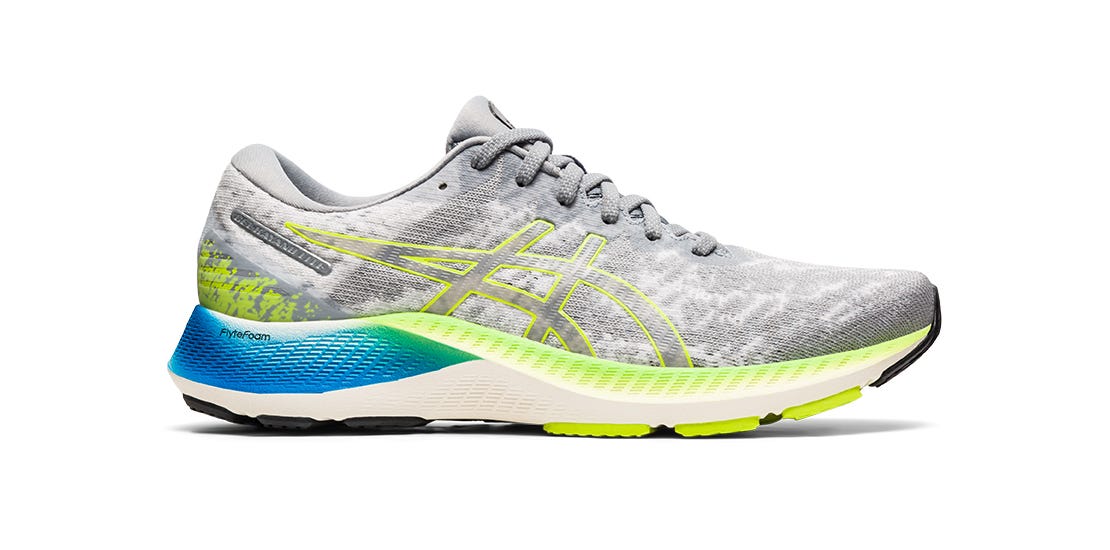Living with rheumatoid arthritis (RA) can present numerous challenges, especially when it comes to finding the right footwear. Shoes that provide support, comfort, and ease of use are essential for individuals with RA, as this condition can lead to pain, swelling, and limited mobility. In this guide, we will explore the best shoes for rheumatoid arthritis, incorporating tips, comparisons, and insights to help you make informed choices for your foot health.
Understanding Rheumatoid Arthritis and Its Impact on Foot Health
Rheumatoid arthritis is a chronic inflammatory disorder that primarily affects joints, including those in the feet. Symptoms may include joint pain, swelling, and stiffness, leading to difficulty walking and finding appropriate footwear.
Symptoms of Rheumatoid Arthritis
- Joint Pain: Often worse in the morning or after periods of inactivity.
- Swelling: Inflammation can make joints appear larger than normal.
- Stiffness: Particularly common in the morning or after sitting for long periods.
- Fatigue: General exhaustion can accompany flares of RA symptoms.
How RA Affects Footwear Choices
The right shoes can help alleviate some of the discomfort associated with RA. Features to consider include:
- Arch Support: Helps distribute body weight evenly.
- Cushioning: Reduces impact on joints.
- Wide Toe Box: Accommodates swelling and deformities.
- Adjustable Closures: Allows for a customized fit.
Top Features of Shoes for Rheumatoid Arthritis
When selecting shoes to alleviate RA symptoms, consider looking for these essential features:
1. Arch Support
Good arch support helps maintain proper foot alignment and can alleviate discomfort associated with RA. Look for shoes that offer contoured footbeds or removable insoles for customization.

2. Cushioning
Cushioned shoes provide shock absorption for the feet, which is critical for those experiencing joint pain. Memory foam or gel inserts can be helpful additions.
3. Breathable Materials
Choosing shoes made from breathable fabrics can help reduce moisture retention and prevent skin irritation, which is particularly important for those with foot deformities.

4. Adjustable Fit
Velcro straps, elastic bands, and stretchy materials offer adjustable fits, accommodating foot swelling throughout the day without compromising comfort.
5. Lightweight Design
Lightweight shoes reduce the strain on joints while walking. Heavy shoes can exacerbate fatigue and joint pain.

Best Types of Shoes for Rheumatoid Arthritis
There are several types of shoes that cater specifically to the needs of individuals with RA. Here are some of the best options:
1. Athletic Shoes
Athletic shoes designed for running or walking provide excellent support and cushioning. Brands like ASICS and New Balance offer models tailored for those with foot issues.

2. Sandals with Arch Support
During warmer months, sandals with good arch support and cushioning can be very comfortable. Brands such as Teva and Vionic provide options that balance style and functionality.
3. Dress Shoes
Dress shoes can pose a challenge for those with RA, but options do exist. Look for shoes with block heels or low profiles that offer stability and support. Brands like Clarks produce stylish yet comfortable options.

4. Custom-Fitted Shoes
If off-the-shelf shoes do not meet your needs, consider custom-fitted shoes. Consult with a podiatrist or orthopedic specialist to find the right path for your needs.
Comparison Table: Best Shoes for Rheumatoid Arthritis
| Brand | Type | Features | Price Range |
|---|---|---|---|
| ASICS | Athletic | Arch support, cushioning | $90 – $160 |
| Vionic | Sandal | Orthotic footbed, adjustable straps | $60 – $120 |
| Clarks | Dress Shoe | Comfort, style | $70 – $150 |
| New Balance | Athletic | Cushioning, stability | $80 – $180 |
| Teva | Sandal | Durable, arch support | $50 – $100 |

Pros and Cons of Different Shoe Types
Athletic Shoes
Pros
- Superior support and cushioning.
- Variety of styles available for different activities.
Cons
- May not be suitable for formal occasions.
- Some models can be expensive.

Sandals
Pros
- Breathable and easy to put on.
- Great for warm weather.
Cons
- Limited support for long walks.
- Styles may vary in terms of support.
Dress Shoes
Pros
- Stylish options for professional settings.
- Can be found with varying levels of support.
Cons
- Often less supportive than athletic shoes.
- Higher risk of discomfort during prolonged wear.

Custom-Fitted Shoes
Pros
- Personalized fit to accommodate deformities.
- Targeted support for individual needs.
Cons
- Can be costly and time-consuming to acquire.
- Limited stylish options available.
Expert Tips for Choosing the Right Shoes
Choosing the right shoes when you have rheumatoid arthritis is essential for maintaining mobility and comfort. Here are some expert tips:
1. Shop Later in the Day
Feet tend to swell throughout the day, so it’s best to shop for shoes in the late afternoon or evening when your feet are at their largest. This ensures a better fit.
2. Bring Your Orthotics
If you use custom orthotics, bring them along when trying on new shoes to ensure compatibility.
3. Test for Flexibility
Make sure the shoe has a flexible sole but offers enough support. Gently bend the shoe to find the right balance.
4. Check the Fit
Ensure there’s enough space in the toe box for your toes to move freely without pinching. Aim for about a thumb’s width between your longest toe and the end of the shoe.
5. Read Reviews
Look for testimonials and reviews from other RA sufferers to guide your choices. Real-world experiences can provide valuable insights into comfort and durability.
Where to Purchase Shoes for Rheumatoid Arthritis
Here are some reliable sources and platforms to purchase shoes designed for those with rheumatoid arthritis:
1. Online Retailers
Websites like Zappos and Amazon offer a wide variety of footwear options with customer reviews to assist in your decision-making.
2. Specialty Stores
Consider visiting stores specializing in orthotic and comfort footwear, such as FootSmart, where knowledgeable staff can assist you in finding the best fit.
3. Local Orthopedic Shoe Stores
Consult local orthopedic shoe stores or podiatrist-recommended shops in your area for tailored solutions. A specialist can help assess your needs and suggest suitable brands.
Additional Resources
For further reading and research, consider exploring these resources:
- The Effects of Footwear on Function and Quality of Life in Patients with Rheumatoid Arthritis – A comprehensive study from the National Center for Biotechnology Information (NCBI).
- American College of Rheumatology – Guidelines and resources for managing rheumatoid arthritis.
- Arthritis Foundation – Provides education and support for RA sufferers.
FAQs About Shoes for Rheumatoid Arthritis
1. What are the best types of shoes to wear with rheumatoid arthritis?
The best types of shoes for rheumatoid arthritis include athletic shoes, supportive sandals, and custom-fitted footwear. Each type should prioritize comfort, support, and adjustability.
2. Can I wear high heels if I have rheumatoid arthritis?
High heels are generally not recommended for individuals with rheumatoid arthritis, as they can increase joint strain and discomfort. If you need to wear heels for an occasion, opt for lower, wider heels with good arch support.
3. Should I consider custom orthotic inserts?
Custom orthotic inserts can provide tailored support for your feet, helping to alleviate pain and discomfort caused by rheumatoid arthritis. Consulting with a podiatrist can help determine if orthotics are right for you.
4. How often should I replace my shoes?
It’s advisable to replace shoes every 6-12 months or sooner if you notice signs of wear and tear or reduced support. Worn-out shoes can exacerbate symptoms.
5. What brands are known for making comfortable shoes for RA?
Brands such as ASICS, New Balance, Vionic, Teva, and Clarks are known for producing comfortable and supportive shoes suitable for individuals with rheumatoid arthritis.
Conclusion
Finding the right shoes for rheumatoid arthritis is essential for maintaining mobility and improving quality of life. With careful consideration of features, types, and expert recommendations, you can select footwear that meets your needs and provides comfort during your daily activities. Remember to consult with healthcare professionals, and don’t hesitate to explore various options to discover what works best for you.
For more information, support, and resources, visit reputable organizations dedicated to the well-being of those with rheumatoid arthritis.